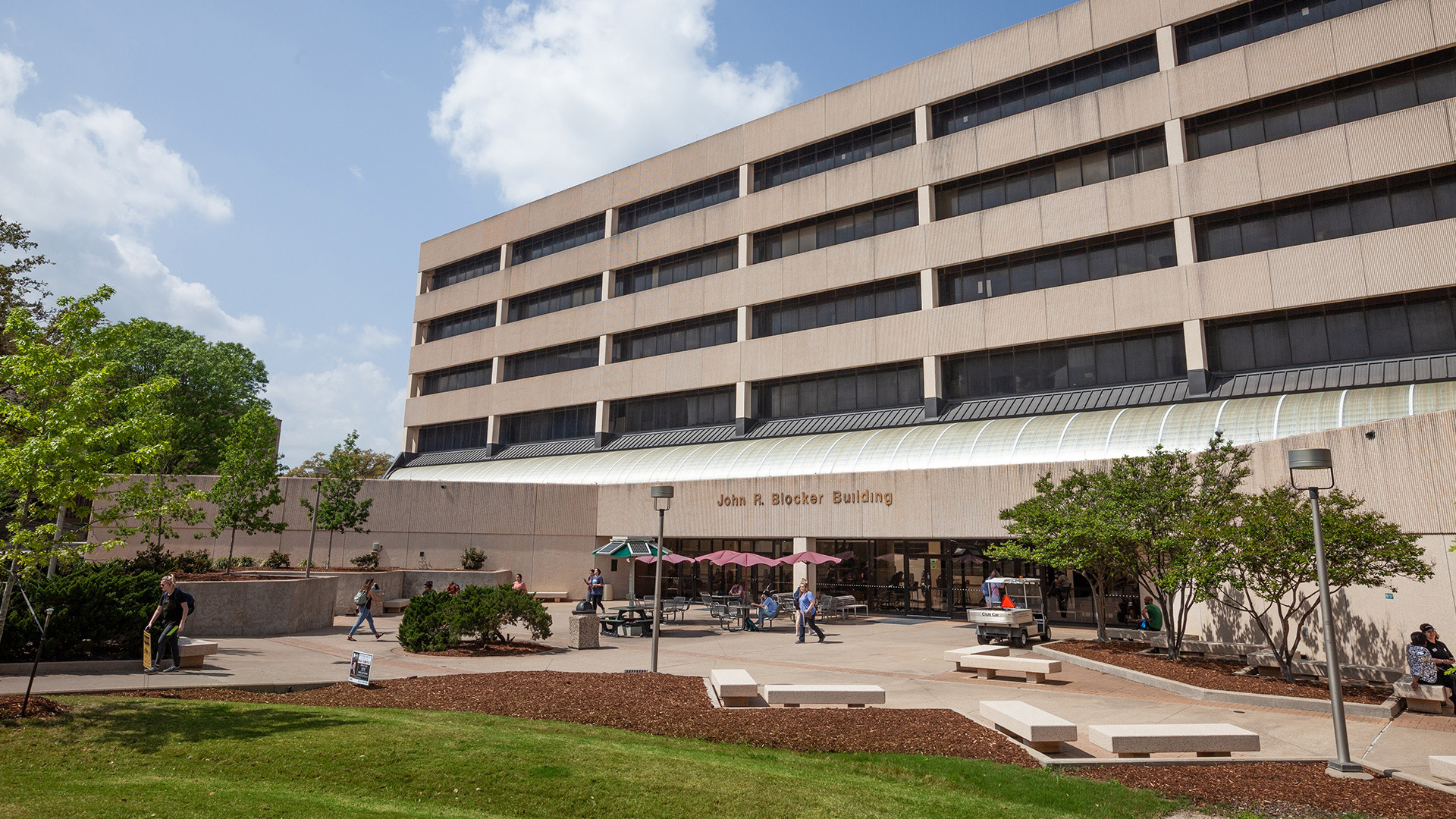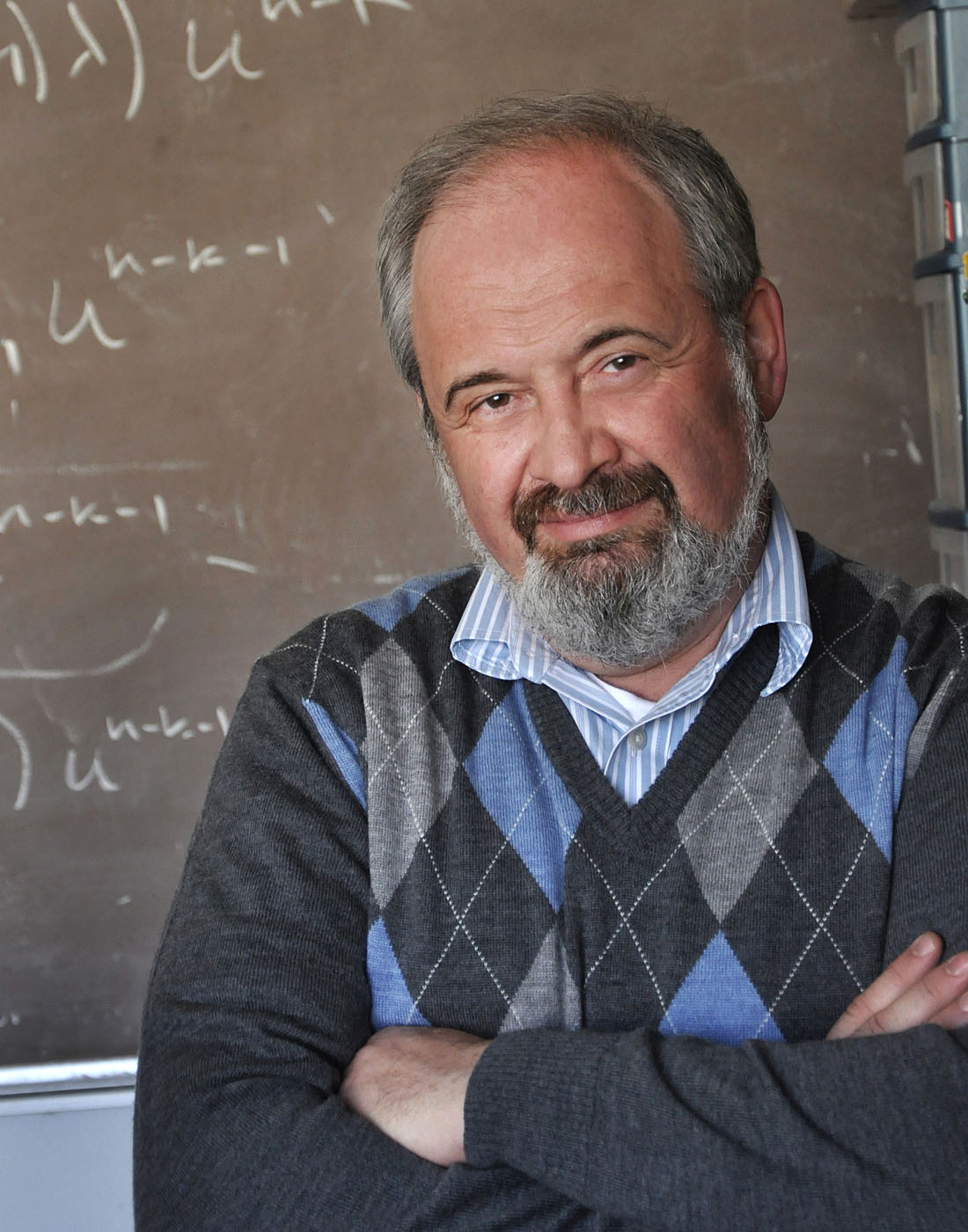
The Texas A&M University Department of Mathematics is hosting a three-day conference this weekend in celebration of the latest developments in spectral theory and applications along with one of its own, University Distinguished Professor of Mathematics Dr. Peter Kuchment.
Spectral Theory and Applications began today (Friday, Oct. 13) and runs through Sunday, Oct. 15, in the John R. Blocker Building on the Texas A&M campus.
Spectral theory is a powerful tool in predicting the behavior of physical systems and solving inverse problems. It is applicable to a number of situations, including classical and quantum mechanics, chemical reactions, biological processes and fluid dynamics. The goal of the conference is to give researchers from different backgrounds a chance to share their expertise on these topics.
The conference features both 25- and 40-minute presentations from leading experts in spectral theory, including Texas A&M mathematician Dr. Gregory Berolaiko and nationally prominent mathematicians Dr. Fioralba Cakoni (Rutgers University), Dr. Leonid Kunyansky (University of Arizona) and Dr. Katya Krupchyk (University of California, Irvine). A complete list of speakers and the conference schedule are available online.
In addition to international expertise and recent research, the conference will celebrate Kuchment, a 22-year member of the Texas A&M faculty, for his many contributions to the field of spectral theory.
"The number of outstanding mathematicians who have gathered for this conference is a clear indication of Peter's international reputation as a leader in spectral theory and a broad array of other areas as well," said Dr. Peter Howard, professor and head of Texas A&M Mathematics. "The amount of research, both pure and applied, that stems from the foundational work he's done is nothing short of astonishing."

Kuchment, whose expertise lies in partial differential equations, medical imaging and mathematical physics, earned his Ph.D. in mathematics and physics from Kharkov State University in Kharkov, Ukraine, in 1973 and his doctorate in mathematics and physics from the Academy of Sciences in Kiev, Ukraine, in 1983. He then joined the faculty at the Forestry Institute and State University in Voronezh, Russia, achieving the rank of professor in 1985 prior to immigrating to the United States in 1989. He spent 11 years on the faculty at Wichita State University before joining the Texas A&M faculty in 2001, earning appointment as a distinguished professor in 2011.
During the past two decades at Texas A&M, Kuchment has made seminal contributions in the areas of computed tomography, quantum graphs, differential equations and photonic crystals. His research has received continuous support from the National Science Foundation and the U.S. Departments of Energy and Homeland Security along with other federal and state agencies.
Kuchment is a fellow of the American Physical Society, Society for Industrial and Applied Mathematics, the American Mathematical Society, the Institute of Physics and the American Association for the Advancement of Science as well as a senior member of the Institute of Electrical and Electronics Engineers. He is the author of more than 200 research publications and four books on partial differential equations, quantum graphs and medical imaging.
Kuchment’s impact on mathematics extends beyond his research. His influence in the classroom was recognized in 2008 when he received The Association of Former Students Distinguished Achievement College-Level Award in Teaching. Since 2009, he has been encouraging high school students to study mathematics as the founder of the Summer Mathematics Research Training (SMART) Camp. Along with his wife and fellow longtime Texas A&M mathematician Dr. Mila Mogilevsky, he also founded one of the department’s staple outreach programs in 2002, the annual Math Mini Fair, cohosted since 2017 as the Mathematics and Statistics Fair by Texas A&M Mathematics and the Department of Statistics as the university's hallmark activity in celebration of Mathematics and Statistics Awareness Month.
In addition to Texas A&M Mathematics and the College of Arts and Sciences, the conference is supported in part by the National Science Foundation as well as the Institute for Applied Mathematics and Computational Science and the Institute for Scientific Computation.
